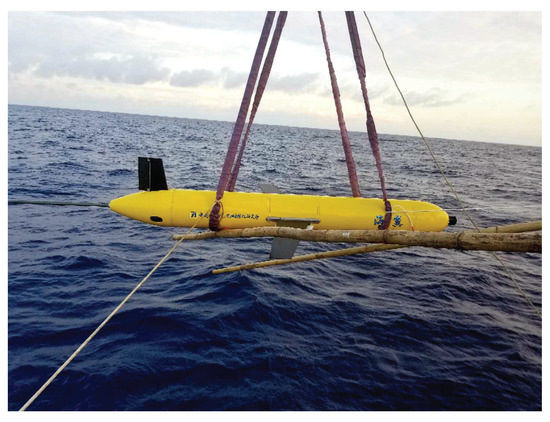SOURCE: IDRW.ORG


In a landmark development for Indo-US defense cooperation, India and the United States have signed a new pact to jointly produce advanced autonomous weapon systems, announced during a recent meeting between Prime Minister Narendra Modi and President Donald Trump on February 13, 2025. This initiative, named the Autonomous Systems Industry Alliance (ASIA), aims to forge robust industry partnerships between the two nations, focusing on the co-production of cutting-edge drone technologies. The systems developed under this alliance will not only bolster the defense capabilities of India and the US but also hold the potential for export to friendly nations, enhancing security in the strategically vital Indo-Pacific region.
The ASIA initiative builds on the U.S.-India Roadmap for Defense Industrial Cooperation, reflecting the growing importance of autonomous systems in modern warfare and maritime security. The pact, formalized during the Modi-Trump summit, underscores a shared commitment to counter regional challenges, particularly in the Indo-Pacific, where tensions with China have heightened the need for advanced surveillance and defense technologies.
The ASIA initiative will see India and the US jointly develop and produce a range of sophisticated autonomous systems, each designed to address specific operational needs in maritime and naval domains. Among the standout systems are:
- Autonomous ‘Glider’
This innovative glider is capable of staying at sea for up to one year without refueling. Powered by advanced energy-efficient technologies, such as solar or wave energy, the glider is designed for long-endurance missions, providing persistent surveillance and data collection over vast maritime areas. Its ability to operate autonomously for extended periods makes it an invaluable asset for monitoring maritime boundaries, tracking illegal activities, and supporting naval operations. - Moored Surveillance Systems
These systems are engineered to operate for over six years without requiring significant maintenance or replacement. Equipped with advanced sensors, they can detect ship movements, providing real-time intelligence on maritime traffic. Moored to the seabed, these surveillance systems offer a cost-effective solution for continuous monitoring of strategic waterways, enhancing situational awareness and maritime domain awareness in the Indo-Pacific. - Dual-Mode Naval Drone
A unique feature of this pact is the development of a naval drone capable of operating both on the surface and underwater. This versatile system combines the capabilities of surface drones and unmanned underwater vehicles (UUVs), enabling it to perform a wide range of missions, including reconnaissance, mine detection, and anti-submarine warfare. Its dual-mode functionality provides operational flexibility, making it a potent tool for naval forces in contested environments.
NOTE : Article cannot be reproduced without written permission of idrw.org in any form even for YouTube Videos to avoid Copy right strikes. Websites doing illegal reproductions will get DMCA and Legal Notices.